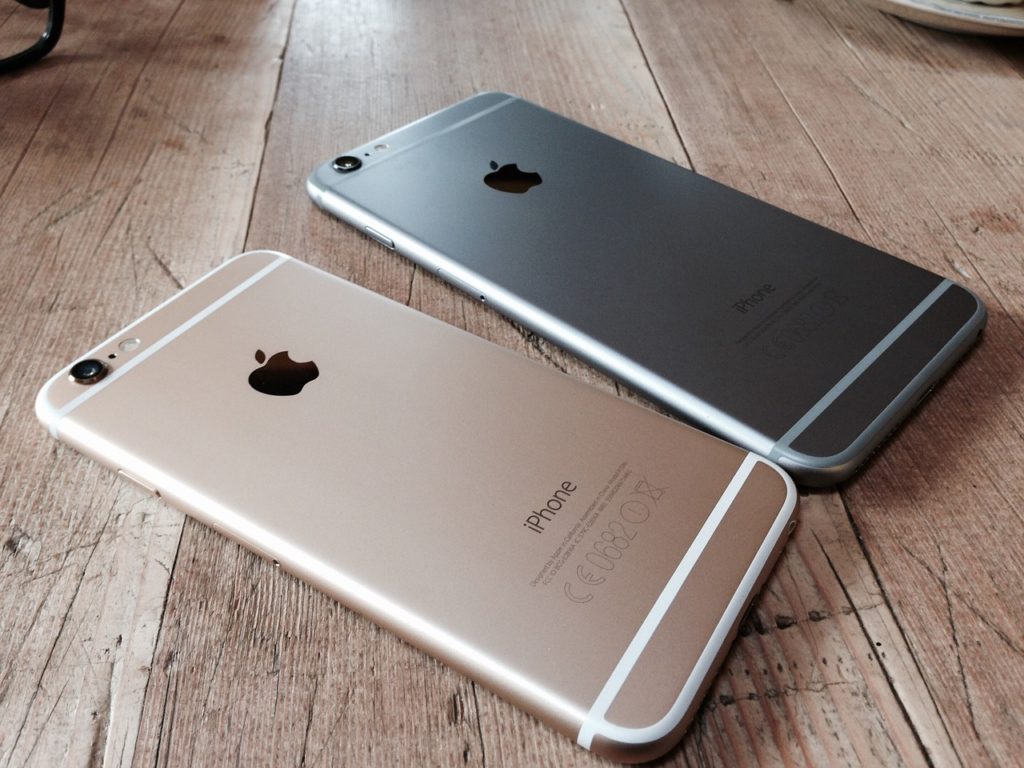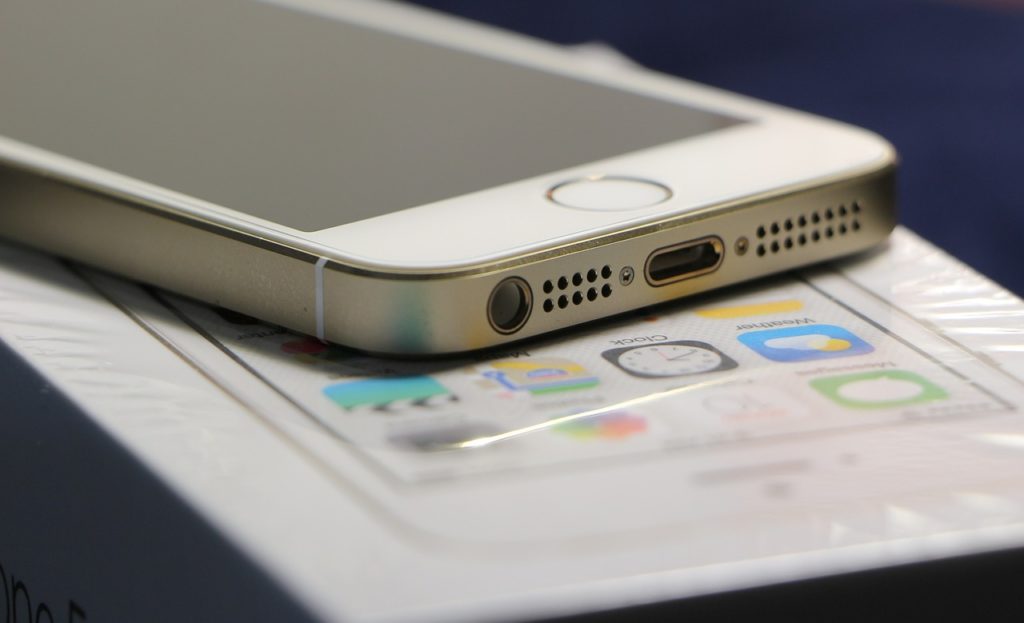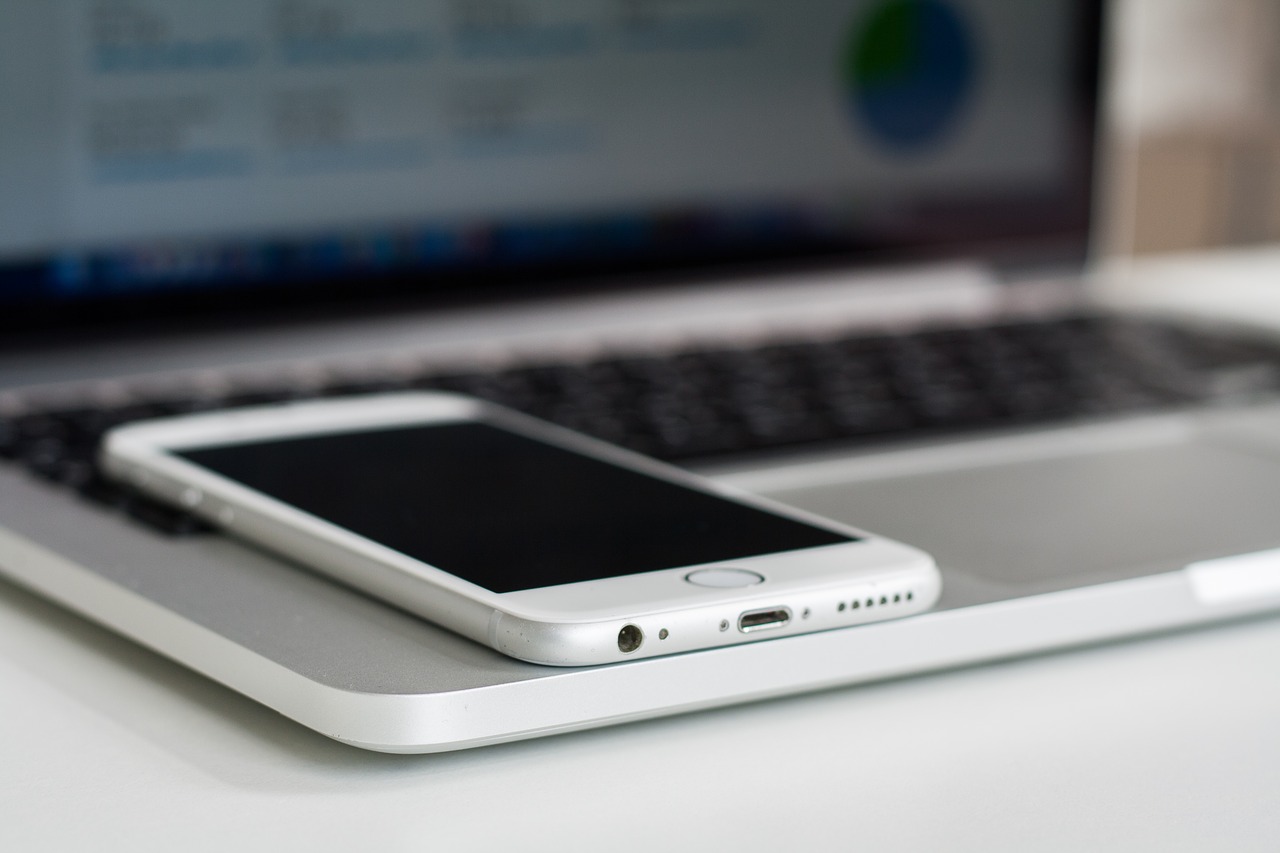Have you ever wondered how your iPhone knows when it needs to rotate the screen display, or how bright it is outside? It’s all because of its amazing sensors. Built in to most iPhone versions (as well as iPad and iPod touch models), these sensors are among the iPhone’s most incredible features, enabling some very cool interface tricks and driving the remarkable versatility and functionality of these devices. Despite the integral role that iPhone sensors play, many users don’t even realize that they are there, much less understand what it is that they do. Are you one of these users? Read on to learn more about the basic sensors that can take your iPhone from good to great.
-
Proximity sensor.
This sensor detects how close the iPhone is to a solid object or surface—such as your face, for example—and turns the screen off automatically when a certain degree of proximity is reached. Why is this an important feature? Basically, when you’re talking on the phone, you don’t need to have the screen illuminated, and you definitely don’t want touch sensitivity enabled: not only would that waste your battery unnecessarily, but it could also mean that you accidentally push buttons on your device with the side of your head while talking. If you want to see the proximity sensor at work, quickly move your iPhone away from your ear while talking and look at the screen. For a moment, it will go blank until the proximity sensor registers that the device has moved.

-
Motion sensor/accelerometer.
In general terms, an accelerometer has the ability to sense motion and gravity, as well as the angle at which it is being held. In the context of the iPhone, the accelerometer is used to sense the movement and tilt of the device and to determine which way the screen is being held (for example, in portrait or landscape mode). The iPhone screen can then automatically rotate the display and adjust the visual output so that it fits appropriately with the direction of the screen. It’s this feature that allows you to watch full-screen videos on your device when it’s held sideways (landscape), and then read an e-mail when holding the device upright (portrait). The accelerometer is also the tool behind such cool functions as the “shake to undo” feature, which allows you to backtrack or undo an action simply by shaking the device.
-
Gyroscope.
The iPhone 4 and later models feature a three-axis gyroscope in addition to the accelerometer. Essentially, the gyroscope complements the accelerometer in that it is able to sense rotation, which gives the iPhone the ability to sense and determine a broader range of positions and orientations. A gyroscope-equipped iPhone is more sensitive, responsive, and powerful to changes in position, making it ideal for gaming.
-
Ambient light sensor.
The ambient light sensor is the most-used sensor on the iPhone, as it comes into play every time you start or wake up your device. Essentially, this sensor samples the ambient light around the iPhone and adjusts the screen’s brightness accordingly, so that the display is always readable. For example, when it’s bright outside and the screen is hard to see, the ambient light sensor will automatically increase the screen’s brightness, whereas in a dark room the sensor will dim the screen. Not only does this make it easier to use your iPhone because you don’t have to strain your eyes, but it also helps to conserve the device’s battery because the screen isn’t at maximum brightness all the time.

-
Moisture sensor.
While the moisture sensor is not directly related to the interface, it is nevertheless a very handy feature. If an iPhone has been submerged in water, the moisture sensor will display as a little red tab in the dock connector (or sometimes as a red dot in the headphone jack). To check for water damage, shine a flashlight into the jack. Any previous damage from moisture or liquid will trigger the red indicator. This is an especially important step to remember if you are thinking about buying a used iPhone, particularly since some types of water damage can be difficult or expensive to repair and are often not covered by a warranty.
-
Compass.
Starting with the iPhone 3G, all iPhone models now have a built-in compass. Used in combination with the device’s GPS tracking capabilities and other location awareness features, the compass can determine not only your iPhone’s location, but also the direction it’s facing, an invaluable tool to help get you where you want to go.
A number of iPhone apps are available that can provide you with additional information and help you to monitor the workings of your device’s various sensors. For example, the free Sensor Kinetics app gives you a complete physics class on all your iPhone’s motion sensors, allowing you to watch the gyroscope and accelerometer in action and give you an inside look into how they work.

